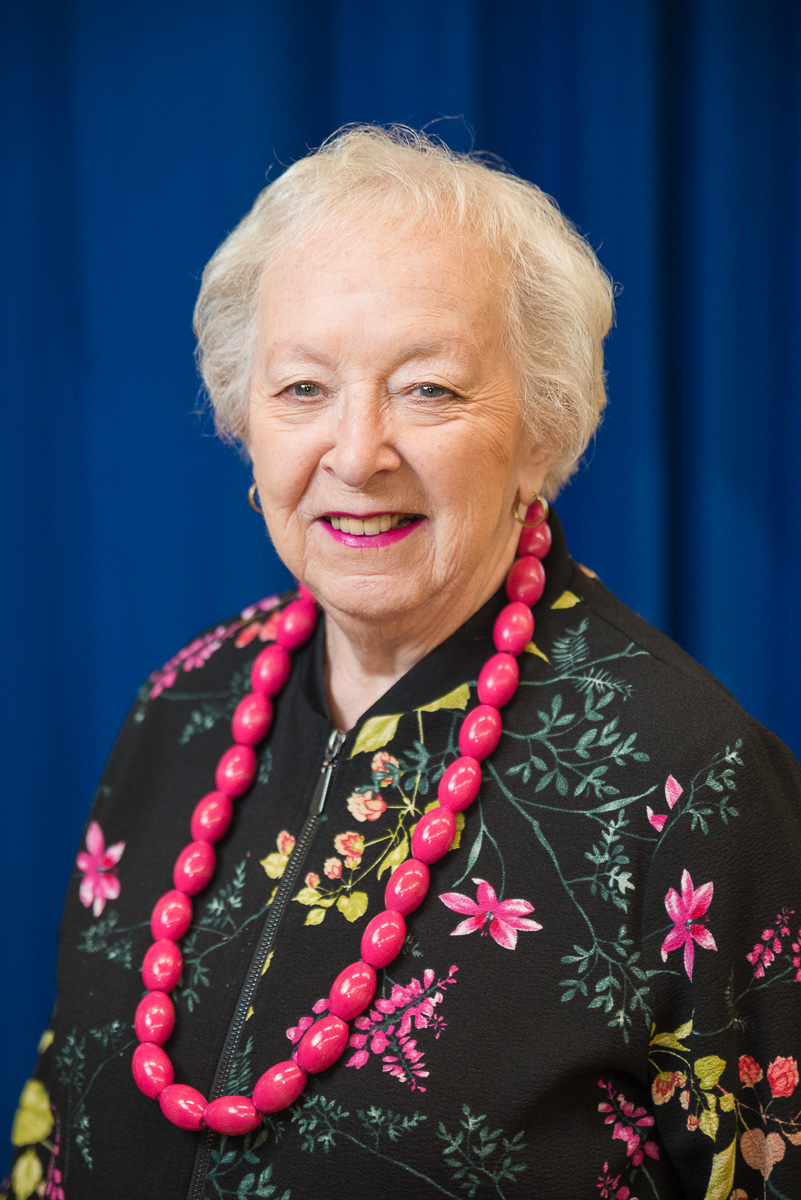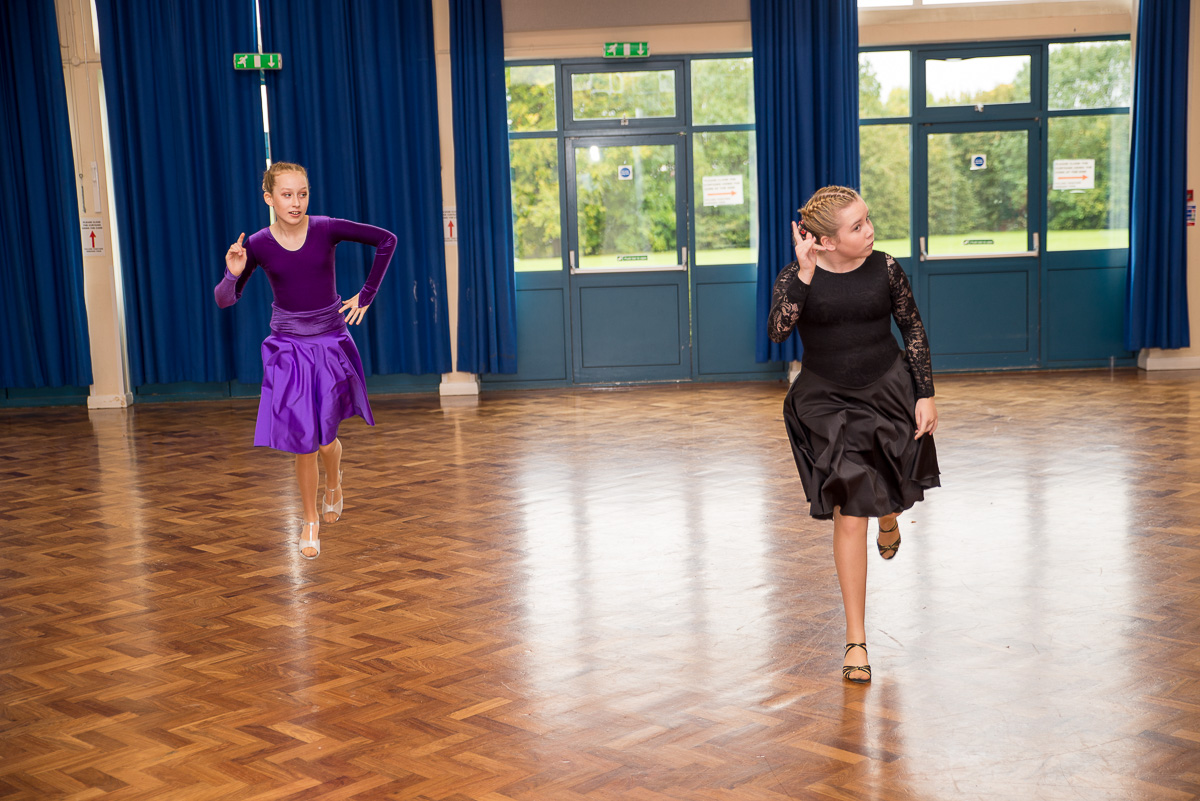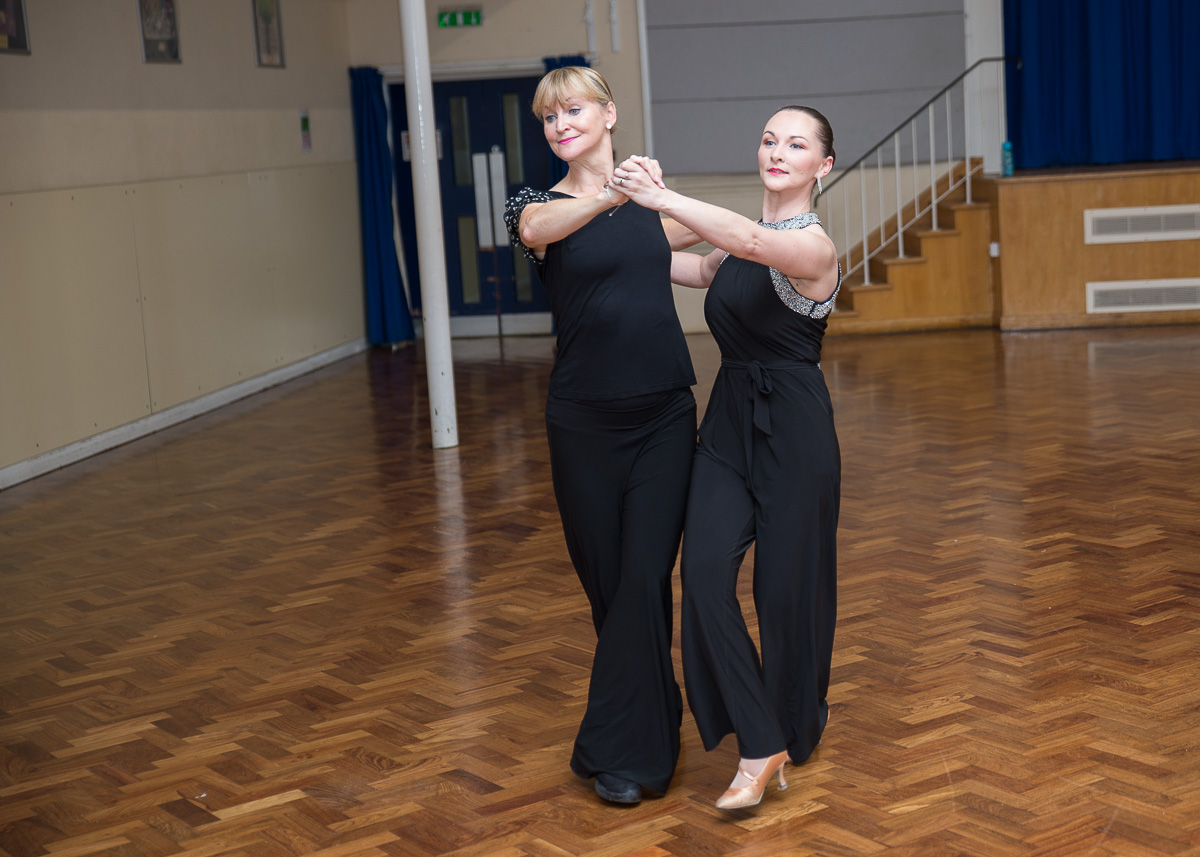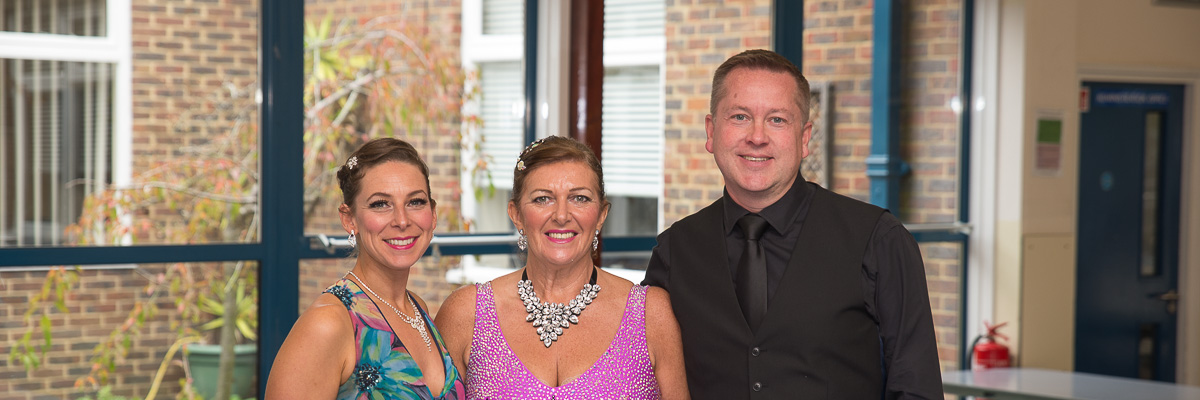We often get asked by the students what to expect from a medal test and what the examiner is looking for. At a recent exam session we asked our examiner the question and here is what she said.
MEDAL TESTS FROM THE EXAMINER’S POINT OF VIEW
By: Anne Lingard, Senior ISTD Examiner

Anne Lingard shares her views on medal exams
I have for many years been most passionate about the tremendous advantages to be gained by the dancing public from involvement in the medal test system.
This may not appeal to some adult pupils in a dance school whose wish is to learn enough to “get round the floor” in the more popular dances. Some only want to put on a “decent show” at their firm’s annual dinner dance, or perhaps are going on a Cruise.
Others enjoy taking their learning to a higher level and make their dancing their hobby.
In all the dancing schools that I visit in my job as examiner, virtually all the children who attend classes enter the medal tests.
It is undoubtedly a fact that the gentle art of Ballroom and Latin American dancing provides very good opportunities for the exercise which is being so strongly recommended by the medical profession nowadays. The medal tests bring this to a higher level.
Flexible system

Lois & Amy rehearsing their medal test dance.
The ISTD Medal Test system is most flexible and has tests in all levels and age groups, with special tests for small children – up to Senior (over 50 years), covering a wide range of dances. The lower grade tests are not technical, although if correct technique is shown, of course the marks given would be raised. From Pre-Bronze level the tests are technical, although at Pre-Bronze a few errors are overlooked. There are one dance tests at every level, also two dances up to Bronze and increasing number of dances of choice above that.
Poise & Musical Awareness

Rachel taking an exam in opposite role.
At all levels the examiner is looking for straight poise – including the head position as well as musical awareness appropriate to the level of the test. Developing the character of each dance is also an important feature. At lower grades – Social Dance, Under 6 and Under 8 Tests – the use of the feet are not tested, but of course higher marks will be awarded if the feet are used well. In Ballroom the rise is another important feature as is the movement. In Latin American the beginnings of the various rhythmic actions will also be treated in this way. Good presentation will achieve some extra marks. All these items will be expected in Bronze and above – according to the level being danced.
It has been proved many times over that the use of the Medal Test Syllabus creates good dancing and many of our most famous champions – including the new head judge on “Strictly”, Shirley Ballas, have “come up” through that system of gradual progress through the levels.
